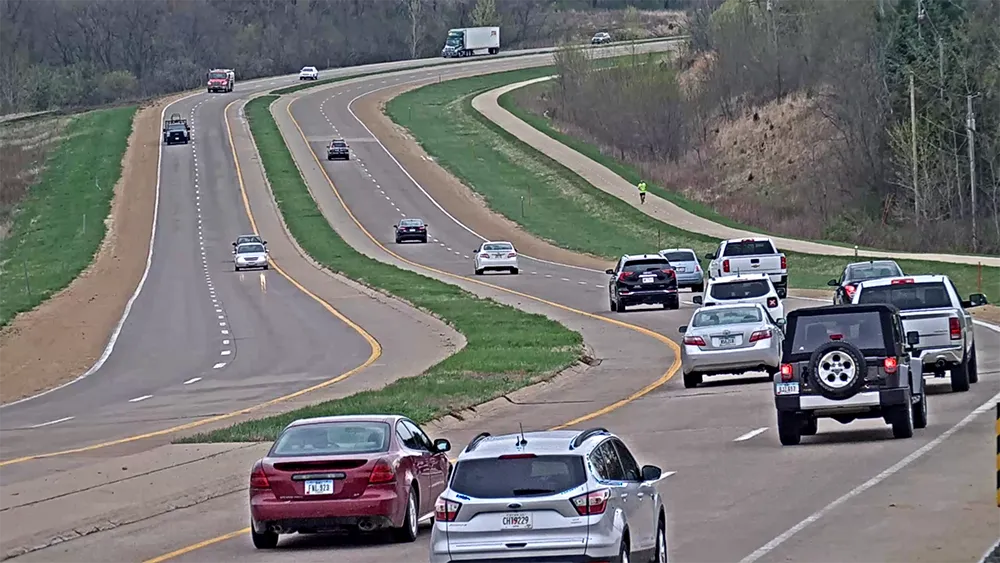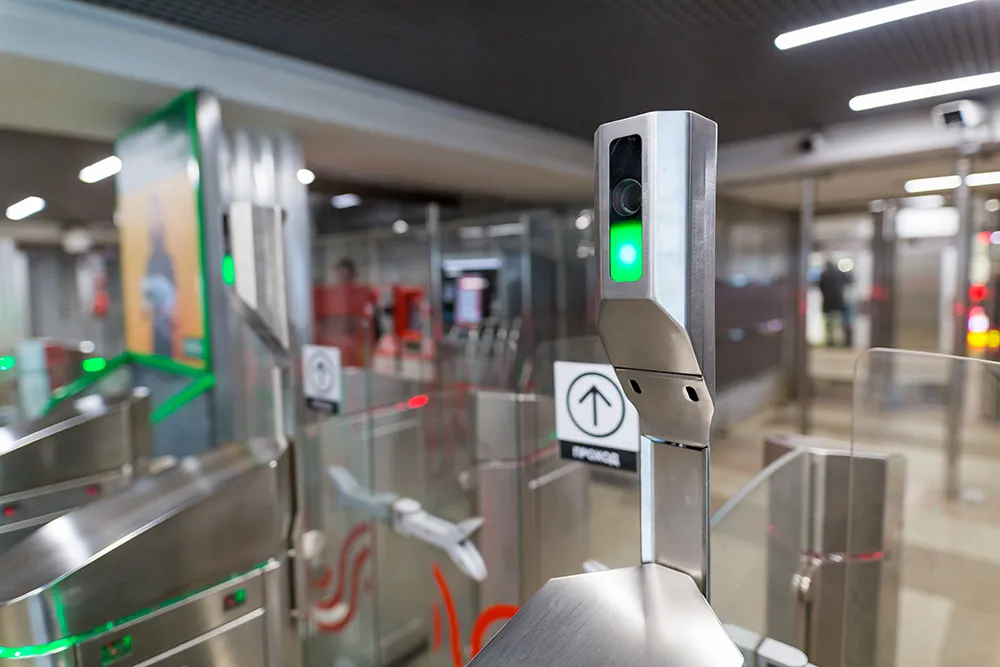
Theia’s motorised lenses are designed for integration into cameras for ITS and video surveillance applications such as automatic number plate recognition (ANPR).
The lenses, which allow for remote set up and occasional zooming and re-focus, come in 4-10mm, 9-36mm, and 12-50mm focal ranges. They offer up to 12 megapixel, 300 lp/mm resolution and are IR-corrected to maintain their high-resolution performance in the near IR spectrum. Theia also offers motor control boards designed to control the P-iris lens versions.
Choosing the right lens for your application depends on many factors, including field of view (FOV), required image resolution, multi-spectral capability, image format and mount.
To assist in lens selection, Theia offers an image resolution simulator and lens calculator that relates FOV, resolution and object distance. The company offers many educational materials for a better understanding of its lens technology and selection of the optimal lens for your application.

Theia’s lenses are available with motorised zoom and focus and combinations with photo-interrupter motor stops, P-iris or DC auto-iris versions with optional integrated IR cut or bandpass filters in CS and D25 board mount versions; C mount is available for some models. The lenses cover up to 1/1.7” and 1/2.3” image sensor formats or smaller.
Theia lenses are designed and marketed from the US and manufactured to ISO 9001:2015 standards. The firm says the process of precision engineering and prototype development and validation ensure every lens shipped to customers will be of consistently high quality.
Theia also provides optical engineering and custom design services, and has numerous issued and pending US and foreign patents for lens technologies.
Content produced in association with Theia










